Food trends of 2018: From Vegemite curry to tartare terrorism
Hot damn but it's been a year of dining extremes. Peasant dishes such as cacio e pepe went wild, but so did truffles and caviar.
Whole beasts, carved at table, were hot and yet doing dinner one snack at a time has never been better.
Chefs continued to be obsessed with naked flames and smouldering coals, but the dish they couldn't stop serving was raw meat. Yep, the tartare terror gained major traction at the same time that vegan dining went wildly mainstream.
Speaking of dishes best served cold, justice was served and time was declared definitely up on all things unsustainable from unpaid overtime, to single use straws.
It's been the year of carbs, crabs, coals and kombu. Grab a knife and fork and help dissect the year.
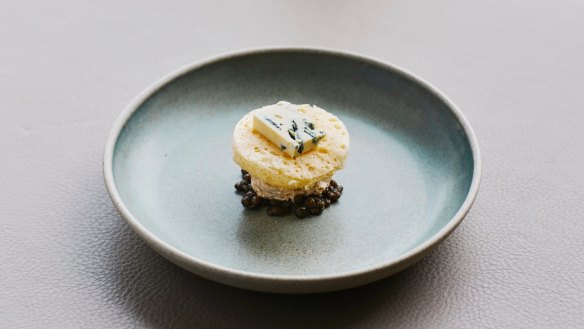
Money Money Money
Let's hear it for the ... big guys? Look, it's not as romantic as young chefs scraping enough together to open their dream restaurant, but it is the story of 2018. Millions were poured into the pointy end of dining and the results were spectacular. See the lavish outfitting of Sydney's Bea and the multi-million dollar renovation of Quay, rendering it like the first class lounge on a spaceship. But nowhere was more cash splashed than at wineries. The Gandel family invested $40 million into Point Leo Estate's epic sculpture collection and dual restaurants (right nearby to $50 million Jackalope hotel) while South Australia's D'Arenberg Cube has been breaking Instagram with its futuristic form. Money talked. People listened.
Straws sucked, linen lived
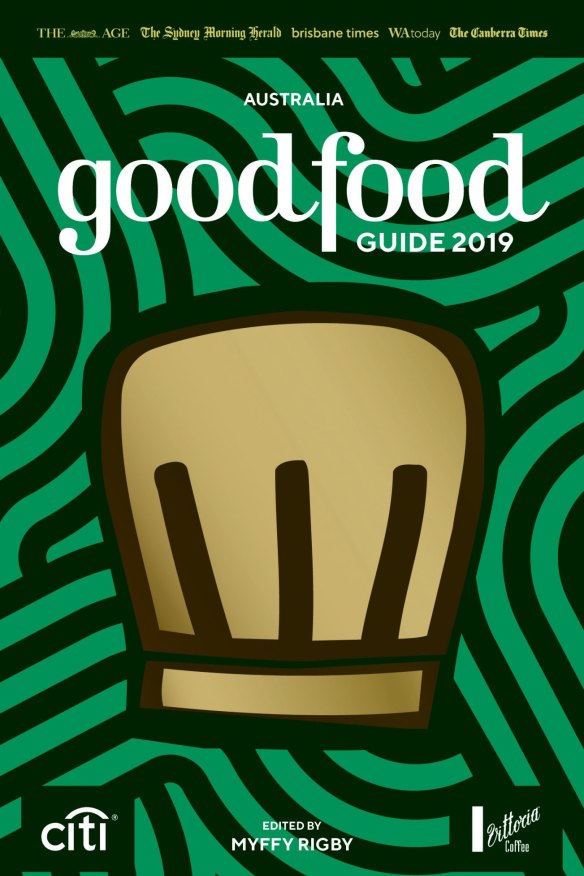
Linen is back, but not on tables, much to the disappointment of classic dining fans. Nope, it's in your lap. At first the return to rinse-and-repeat cloths in your clutches, especially at restaurants down the lower end of the food chain, seemed like an aesthetic rebellion against six years of gaudy neon and eating off placemats like adult babies. But disposables are getting ditched everywhere you look. Bars all around the nation are getting rid of straws and thousands are carrying their keep cups loud and proud.
Time's up, what now?
Boy did 2018 bring a lot of issues to a head: wage theft, overtime, harassment in the kitchen and gender inequality roared into consciousness. The fight for change is on.
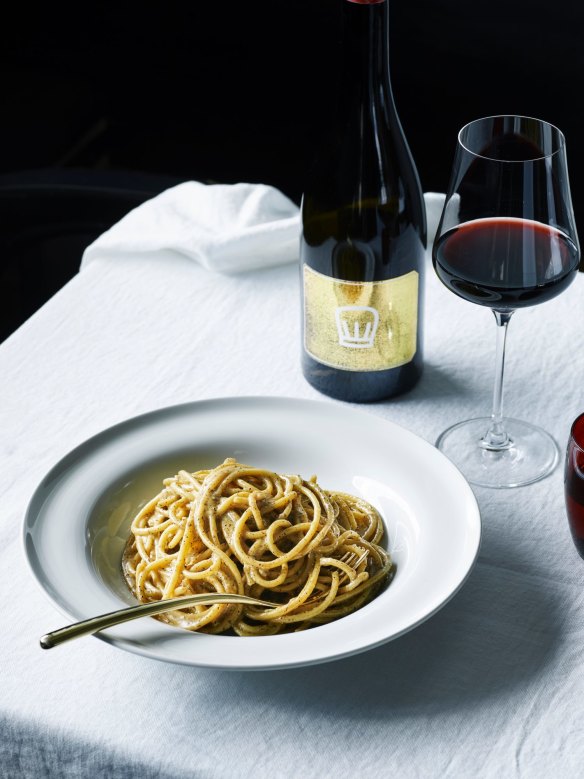
Ben Shewry's limited work week for staff has been a year in practice at Attica. "There's so much benefit when you leave something on the table. We'd never go back," says Shewry. To detractors who might say his fine diner can afford it, he points out, "If your business plan doesn't pay for staff, it's not a good business plan."
Is inequality fixed yet? Nope. But the heat lamp is on. Groups like Fully Booked Women and Females in Food are running regular events highlighting women in hospitality, and provide a directory of female-led businesses in Sydney and Melbourne. Initiatives like Respect is the Rule are providing training to restaurants and bars to actively stamp out sexual harassment from staff and customers.
Deliveries are dying, real restaurants rule
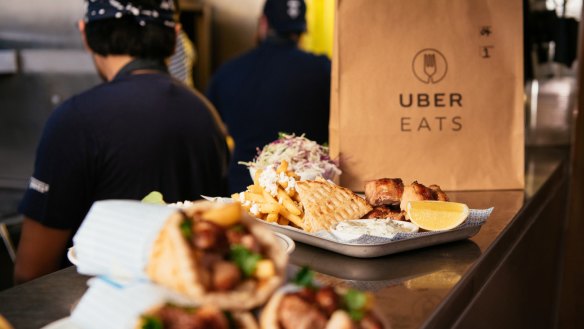
It's been two years since UberEats, Deliveroo and Foodora (then Suppertime) disrupted the food industry with the promise of "real restaurant" food delivered to your door. The big names spruiked in early days were impressive: Supernormal, Gazi. Gelato Messina and Huxtaburger were on the standard take away food level, but no less a thrill to get without putting on pants. But Andrew McConnell, George Calombaris and a horde of other restaurateurs exited stage left some time ago for common reasons: delays in deliveries ruined food and reputations. The cut taken by the delivery services is between 30 and 35 per cent. Busy-ness put strain on the in-house service.
It's for this reason Sydney restaurant Fu Manchu ditched the game, while Shane Delia has closed a number of "dark kitchens" (no storefronts, just places producing food for delivery) to refocus energy on the in-store experience. You can still get ice-cream to your door. Pizza, burgers and poke bowl options are prolific. But is the high-end delivery dream over?
Opening the UberEats app, the promoted options are McDonald's, Nando's and Mexican chain Guzman y Gomez.
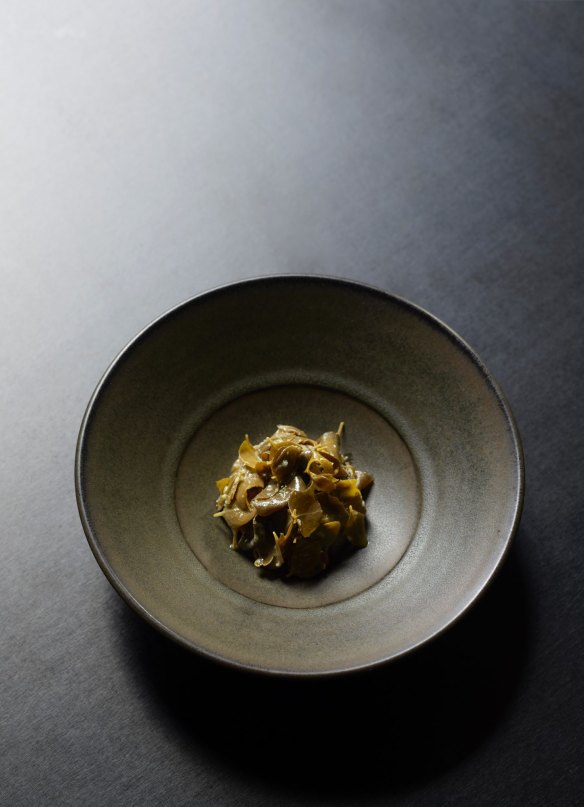
Breaking bread
Remember when bread was a hot dinner roll and melty pat of butter? Good god, has bread and butter got aspirational. Potato breads were everywhere from Lesa (Embla's new joint) to Franklin and Ester where it's served with dashi jelly. We ate pretzels (Host), wholemeal brioche (Laura), wattleseed hot pockets (Attica) and truffle-buttered crumpets (Quay). A special shout out to all those wondrous fluffy focaccias proving we've learnt a lot about not putting them in the fridge since the '90s. Want butter? Have some cultured macadamia cream, and shiitake sauce for salt. But expect to pay. You can now expect to add up to $10 for what used to be filler, but in 2018 it's all killer.
What's on the menu for 2018
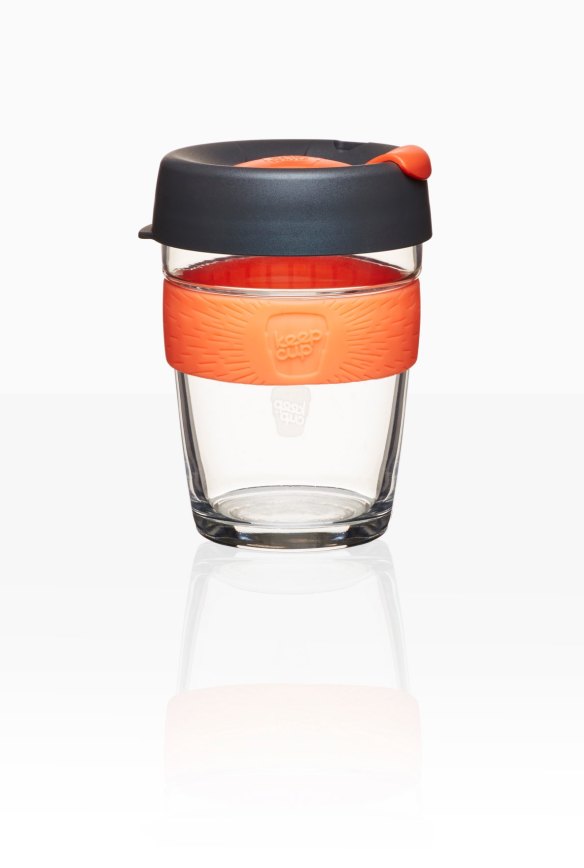
Doing a Control F search through the Good Food Guide reveals chefs across the country are humming in tune. Vegemite became a curry sauce for roti at Sunda, it spiked mayo at d'Arenberg Cube, was a marshmallow at Melbourne's Highline and seasoned multiple butters for bread. Fish roe was an all rounder. Australian scampi, salmon and trout roe were both salty seasoning and snack du jour (see the sauce for turnips at Brae, glistening jewels on carrot souffle at Pt Leo Dining, the roe boats at Hubert and Matilda), while the mortgagey imported stuff made a comeback in old-school caviar services at the likes of Bert's. By the bucketful we ordered 'nduja (spreadable spicy salami), curry leaves, Goolwah pipis, jerusalem artichokes (notably as ambitious desserts), vitello tonnato, pet nat (gently sparkling wine), XO, beach bananas, and labna. But a couple of things stood out.
The tartare terrorism continues
Beef tartare, veal tartare, wallaby tartare, kangaroo tartare. Capers, muntries, crisp chips, bread chips. I guarantee that if you go outside, walk into any establishment someone will be chopping raw meat and serving you their special spin. One of the biggest dining trends for two years running now, I think tartare is just about due for its red card.
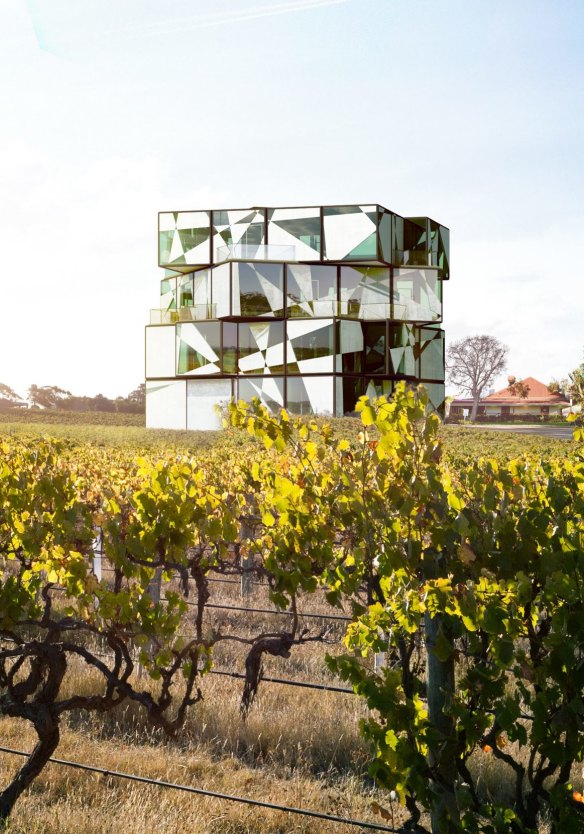
Everyone's got crabs
Nipping in with a staggering 79 mentions in the Good Food Guide, this was the year of the crab. There were a million iterations of crab spaghettis, salads and crab sausages (Vue de Monde), while Melbourne's Sunda dressed a spicy mousse (a riff on Malaysia's otak otak) with sweet spanner and put the little restaurant on the map. But if you were serious you were plucking it from the carapace like a mighty (wealthy) alpha predator. Yep, going big on whole crustaceans, gigantic steaks and whole ducks may have been a trend itself in 2018: statement eating. See Bert's roasted, chillied muddy done Basque-style for an outrageous $125 and Matilda's dressed spanner with hot flatbreads and crab butter, eaten like a luxurious taco.
One dish to rule them all: Cacio e pepe
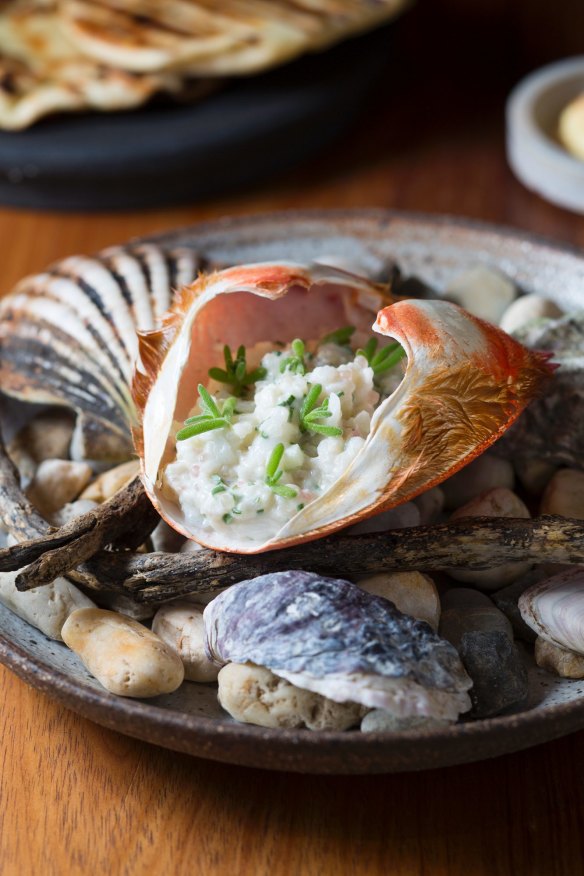
But then there was a humble retort in Rome's gift to carb lovers. Cacio e pepe is pasta sauced with pecorino loosened with the starchy cooking water and black pepper. It's been lighting up the internet for over two years with its simple charms. Try it at Sydney's Ode Bar where it comes with sardines (sacrilege!), at Melbourne's Bar Liberty and the newly Italian-ised vegan restaurant Smith and Daughters, where funky faux parmesan makes a convincing fake.
Cabbage is the new cauliflower
Vale roasted cauliflower. But hello cabbages (and pumpkin), clocking around 40 starring mentions each in the Guide, and earning a shout-out for stepping in and keeping vegetables front and centre as serious menu stars – even if they aren't totally meat-free options. "Sydney chefs are going for cabbage big time," Terry Durack says, "especially the sweet-leafed conical cabbage known variously as wakefield, sugarloaf, sweetheart or hispi, served as sandcrab with Japanese tennouji, turnip, kombu, squid and wakefield cabbage at Quay, or the cabbage mallung, flash-cooked with turmeric, mustard seeds and coconut at Lankan Filling Station."
Dessert is still strange
Dessert got a little more chill. Praise be. The soils, dirts, gums and foams are finally beating a retreat, which is great news for anyone who holds that little has been done to improve on a fruit, cream, cake-or-pastry trifecta in the last decade. But if the shape of desserts is resuming some kind of normality, the flavours aren't. Brunswick Heads' Fleet knocks socks off with licorice ice-cream nesting in crisp fried onions. It was part of a freaky ice-cream boom that saw us stick spoons into shiitake, jerusalem artichoke, matcha and truffle ices. Meanwhile, a few chefs admitted they just don't like dessert. Melbourne's new Korean, Restaurant Shik, doesn't serve it. Or it's the cheese course that's taking a starring role at dinner's end. A wedge and muscatels is now officially boring. Restaurants such as Laura and Sydney's Bridge Room are turning the cheese course into a cross between a main dish and a dessert, see Ross Lusted crowning an aged comte custard with a frilly cheese carnation.
The Good Food Guide's second annual national edition, with hats awarded across Australia, was launched on October 8 with our presenting partners Vittoria Coffee and Citi. The Good Food Guide 2019 is on sale in newsagencies, bookstores and via thestore.com.au/gfg19 (delivery included), RRP $29.99.
More:
From our partners
Original URL: https://www.brisbanetimes.com.au/goodfood/eating-out/trends-of-2018-20180904-h14xn5.html
